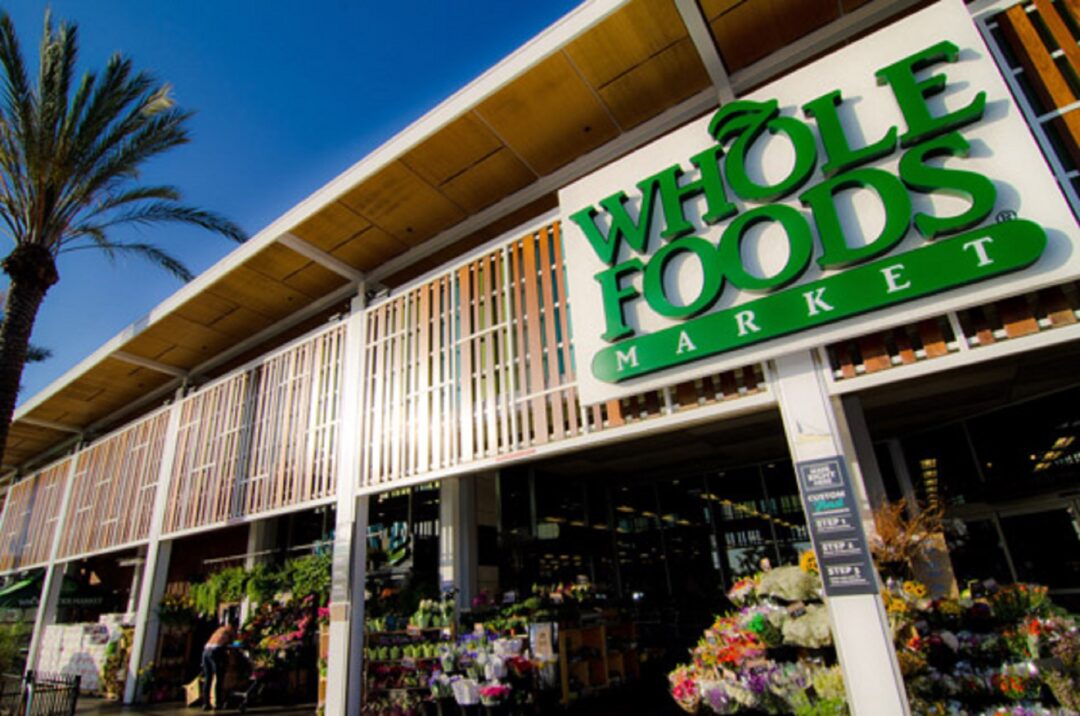
Possible Impact of Reported Whole Foods Market Expansion

WSJ reported that this would bring Whole Foods to more suburbs, where it is quickly adding customers. The newspaper added that Whole Foods employees have visited potential retail spaces in Idaho, southern Utah and Wyoming, where Whole Foods currently has no stores, and that the spaces visited were around 45,000 square feet.
"Amazon’s intention to expand Whole Foods Market to lower-population-density trade areas makes sense given Amazon’s priorities, which are different than were the legacy Whole Foods’ priorities," Jay Jacobowitz, president and founder of Retail Insights, tellsWholeFoodsMagazine. "While the original Whole Foods Markets catered to natural, organic and foodie customers, Amazon’s goal is to make delivering food quickly to a larger percentage of U.S. households feasible. The reportedly larger, 45,000-square-foot model, compared to the 30,000-square-foot '365' store model, will likely accommodate pickup and delivery space separate from the retail areas."
Forbesestimated that Amazon could build upwards of 2,000 Whole Foods Markets, but that the product assortment would have to drastically change, growing to include cheaper, brand-name products, such as Lay’s and Coke, in order to draw in the volume of customers necessary to maintain new stores.
Jacobowitz contends that this is a possibility. "Watch the shift in the product mix. No longer will Whole Foods closely adhere to its historic high-quality ingredient standard, but will expand to include conventional-quality, high-velocity grocery items." As Jacobowitz sees it, "you can call it Whole Foods, but some shoppers won’t think so."

The editorial team at WholeFoods Magazine has decades of experiences reporting on natural products industry news, trends, and more. This national, monthly business-to-business magazine has been published continuously for nearly 40 years (the magazine was founded in 1977, and has been owned by Wainer Finest Communications since 1984). It is the longest-tenured media outlet of its kind in the natural products industry. The editorial focus at WholeFoods Magazine is, and always has been, on informing and educating members of the natural products industry.
The Magazine
Information
About Us
NOTE: WholeFoods Magazine is a business-to-business publication. Information on this site should not be considered medical advice or a way to diagnose or treat any disease or illness. Always seek the advice of a medical professional before making lifestyle changes, including taking a dietary supplement. The opinions expressed by contributors and experts quoted in articles are not necessarily those of the publisher or editors of WholeFoods.







